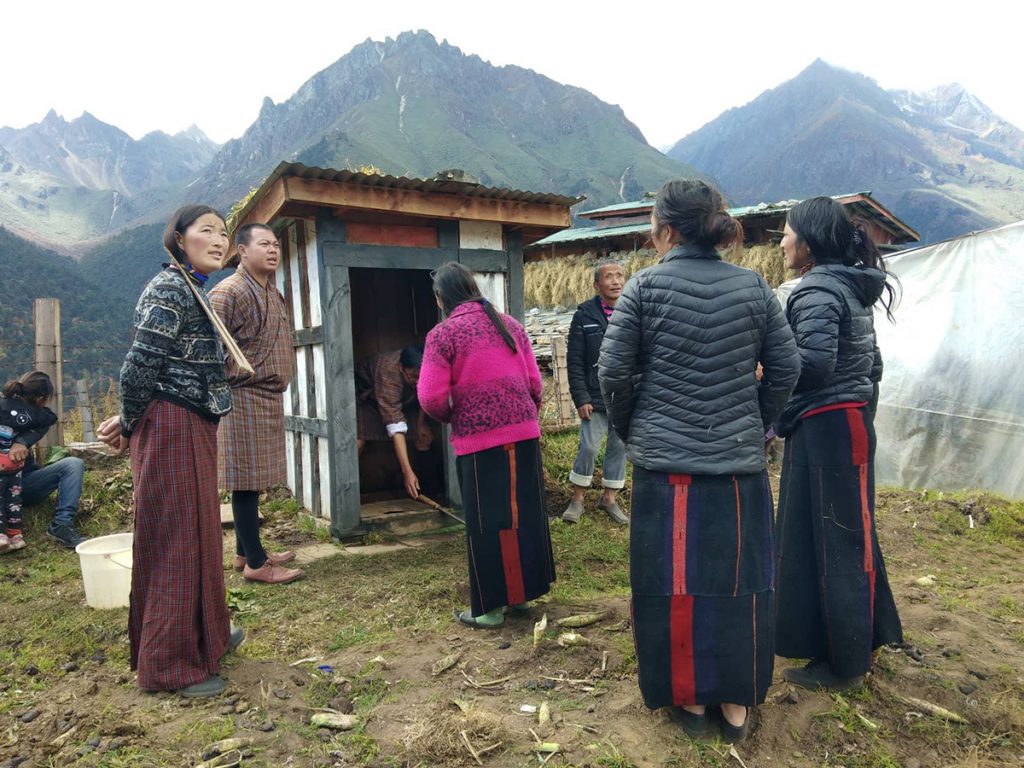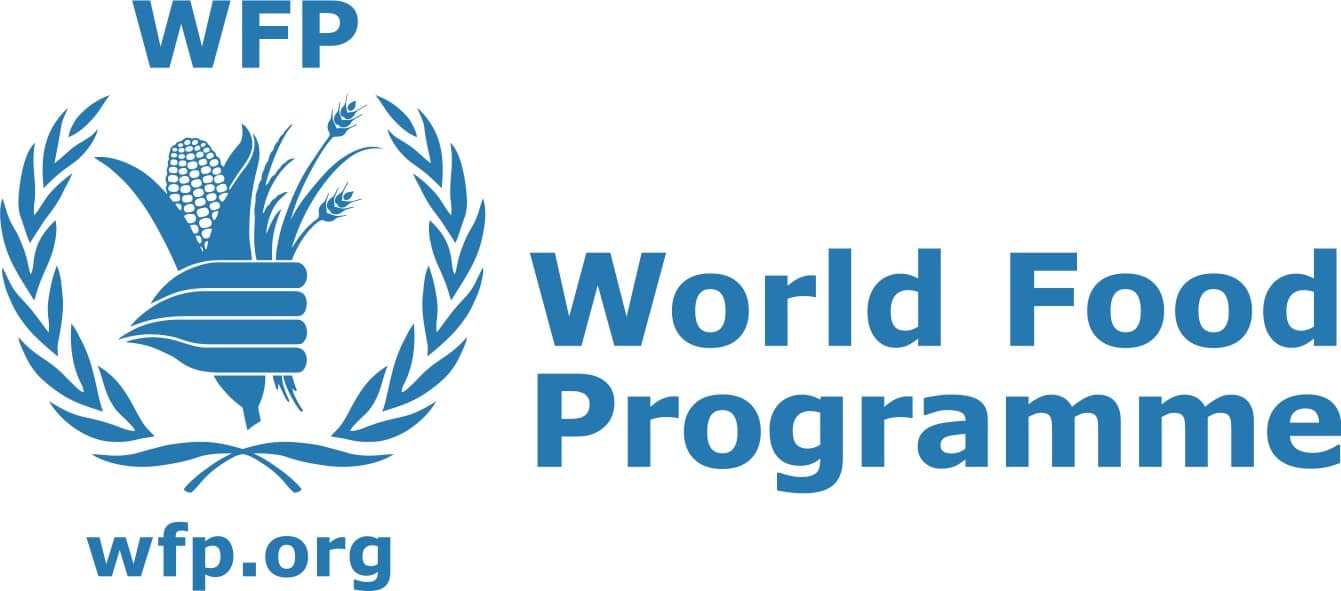Sanitation was a major issue for Layaps and tourists visiting Laya four years back. Now major changes can be seen in the sanitation habits of the highlanders.
Now Layaps have shifted to flush toilets and SATO pan from pit toilet.
Laya is located 3,800m above sea level. Laya has a population of more than 1,000 and 262 households in five chiwogs.
Before the first Royal Highland Festival in 2016, none of the households were using flush toilet.
However, the first Royal Highland Festival gave the Layaps impetus to incorporate healthy sanitation habits. Currently, 49 households are using flush toilet and 70 households are using SATO pan toilet.
Member of Parliament (MP) from Khatoed Laya constituency, Tenzin, said sanitation had been a major issue when tourists and guests visited Laya.
Many would complain about the lack of proper toilet facilities.
Before while serving as the chairman of the Local Level Committee, the dzongkhag and gewog had discussed about providing proper sanitation on a cost sharing basis with people and the government.
“The flush toilets were installed with the instituting of the first Royal Highland Festival to provide proper sanitation to the guests,” said the MP.
However, the majority of households are still using pit latrine.
In the 12th Five Year Plan Nu 6mn has been allocated from the gewog budget to supply materials for construction of flush toilet in the gewog.
For the Financial Year 2019-20 Nu 850,000 has been allocated for the construction of Flush toilet.
“Around 10 households should construct flush toilet in each chiwog every year,” said the MP, adding that by 2021, 50% of the gewog should achieve construction of flush toilet.
He said that sanitation and hygiene in Laya is a top priority for the government. With proper sanitation and hygiene at homestays, tourism in Laya will also improve .
This year, before the Royal Highland Festival, Bhutan Toilet Organization (BTO) supplied 70 SATO pan to Laya.
SATO pan is very light, cheap and portable. The SaTo pan-derives its name from “Safe Toilet.”
The executive director of BTO, Passang Tshering, said that SATO pan toilet is upgrading of pit latrines.
He said that SATO pan is more suitable for the highlander community. It is not even a kilogram heavy and it requires less amount of water.
“Ceramic flush toilet is very heavy to carry and in winter the water pipes freeze and the toilet can’t be flushed.”
He said that ceramic flush toilet requires six liters of water to flush whereas SATO pan requires only half liter of water.
The health assistant of Laya BHU, Nigma Dolma Bomzam said that they do advocate for proper sanitation.
However, she said that some people are reluctant to use the ceramic flush toilet because in winter water pipes get blocked by ice.
Passang Tshering said that SATO pan is smell free, has no chance of blockage, does not need plumbing and it saves the capacity of sewage tank.
“SATO pan has flapper, which remains closed and it prevents transmission of flies and diseases.”
Dechen Dolkar from Laya













